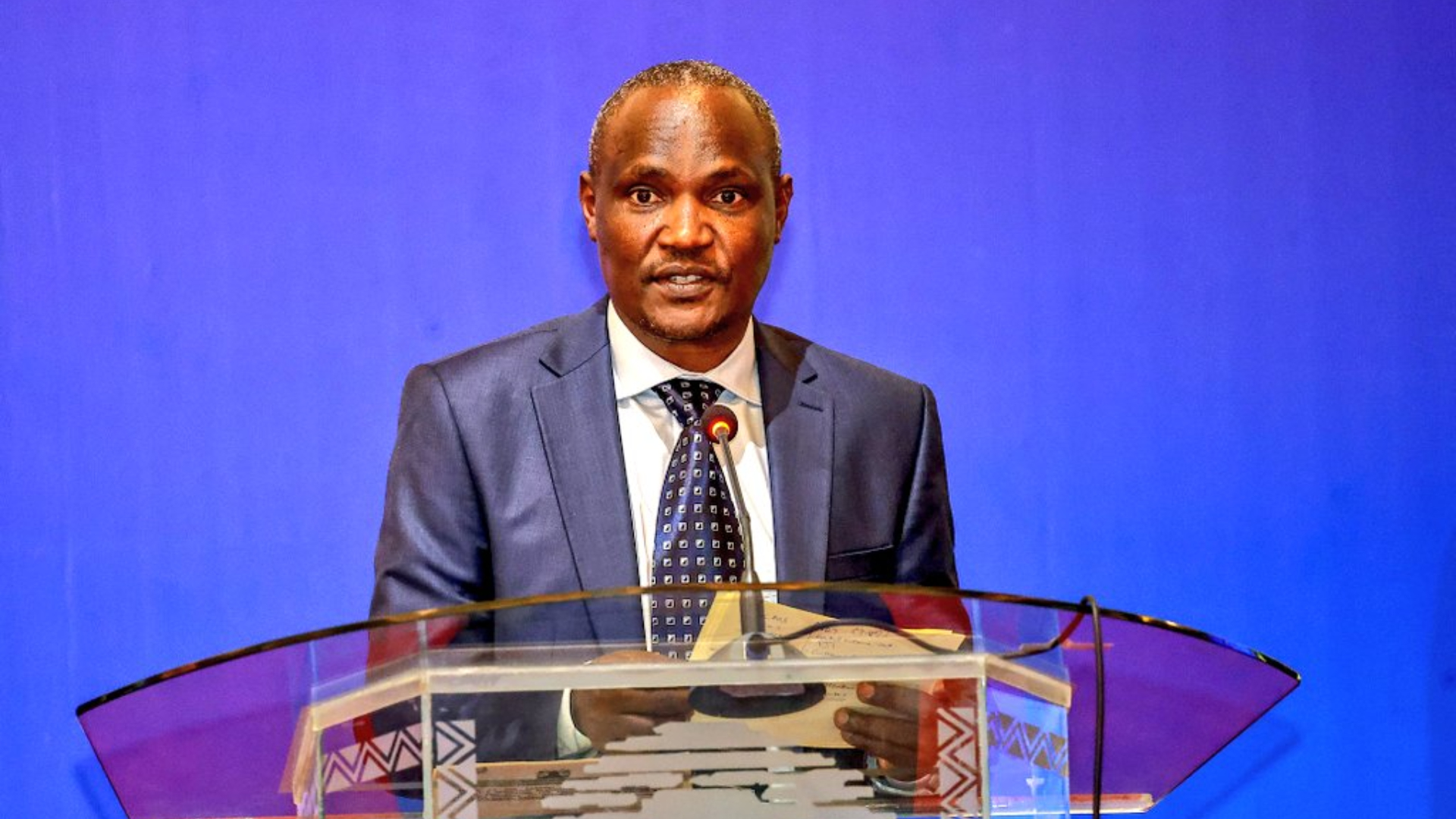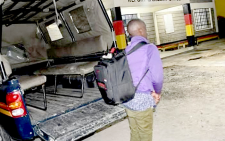Fix road construction hitches in industrial areas

When it comes to a country’s socio-economic development, efficient transport system is indispensable.
Roads enable citizens to access critical services such as health and education and their businesses.
However, what happens when we do not have an efficient transport system?
It leads to congestion and longer hours spent moving goods and services, hence increased costs.
In some instances, goods do not reach intended destinations, with the highly perishable ones going bad before getting to the market or factories.
Poor road networks in some parts have led to loss of jobs, time and increased operating costs.
Whereas the government has ramped up its efforts to improve transport infrastructure, some major roads are still dilapidated. Where roads are being constructed, users face challenges in using or accessing them.
In Nairobi’s Industrial Area, for instance, the segment between Lunga Lunga and Jogoo Road, on Likoni Road, has been under construction for over a year now.
Works appear to be moving at a slower pace than expected. Likoni Road is a major entry and exit point to and from Industrial Area.
The unexpected closure has resulted in traffic overflow on nearby roads—Enterprise, Lunga Lunga and Nanyuki—as motorists look for alternative routes.
This, coupled with the Expressway works, overflow from Jogoo and Lusaka roads and poor traffic management, has made it unbearable, resulting in lost man hours.
Consequently, business continuity has been hugely impacted, owing to the disruption, especially for companies located along the road.
The situation is made more dire because, sometimes contractors do not provide alternative routes when starting new projects, at the expense of road users.
A recent example was on East Gate Close where the contractor had to close the stretch for 10 days to allow “healing”.
This inconvenienced manufacturers who could not access premises for the duration.
Since there was a need for a road to be constructed and no alternative provided, they had no option but to abide by directives despite the losses and inconveniences.
It becomes worse when communication on closures and diversions is delayed or not relayed.
It is without a doubt the development of transport infrastructure is a prerequisite to creating a business environment that facilitates investment, growth and job creation.
This is why, we have seen government construct major infrastructural projects, across the country, which is truly laudable.
However, the challenges that come with road construction need to be looked into and resolved.
For example, delays in completion of projects within set deadlines have huge cost implications, especially to businesses along the section with ongoing construction works.
Another challenge is lack of local content enforcement framework. This can be achieved by convening regular meetings with contractors and industries to monitor and evaluate enforcement of local content absorption.
This will go a long way in supporting the government’s development goals and Buy Kenya Build Kenya initiative.
Finally, failure to regularly conduct maintenance of industrial road by responsible agencies and county governments.
The dilapidated industrial roads can move from bad to worse, hence, the need for continuous rehabilitation. This can also be achieved through budgetary allocation, and development and enforcement of building and maintenance contracts.
It is critical that the government develops tangible solutions to the road network challenges across the country.
Resolving the challenges calls for shared responsibility, among National and County governments and roads agencies.
The business community also needs to be involved, when plans for infrastructural development are being made.
Kenya Association of Manufacturers has since engaged Nairobi Metropolitan Services on the challenges facing manufacturers in Industrial Area.
By working together and building consensus on what is best for our transportation systems, we shall continue to drive competitiveness, shared prosperity and economic growth to secure the future of our nation.— The writer is chief executive of KAM











